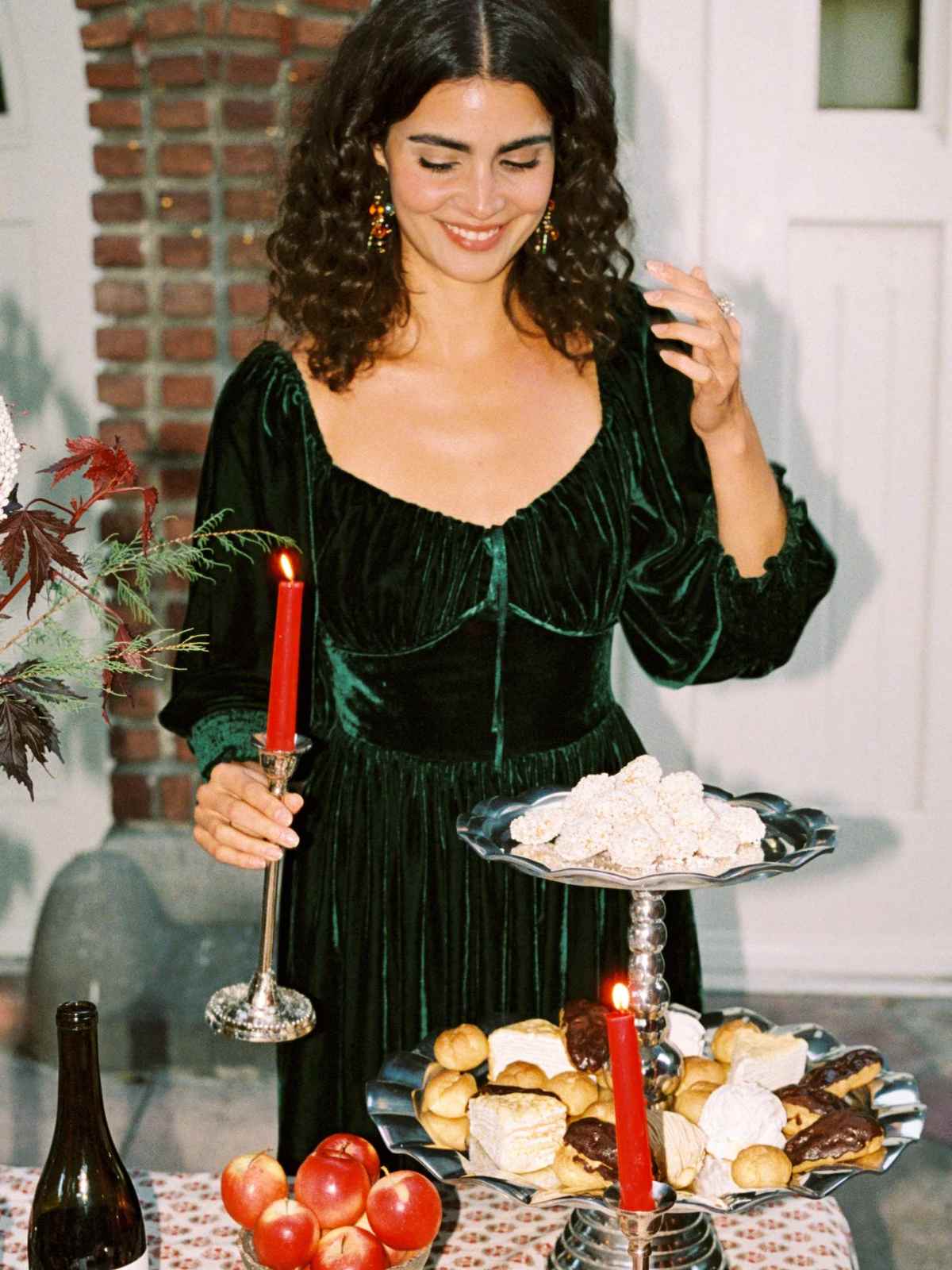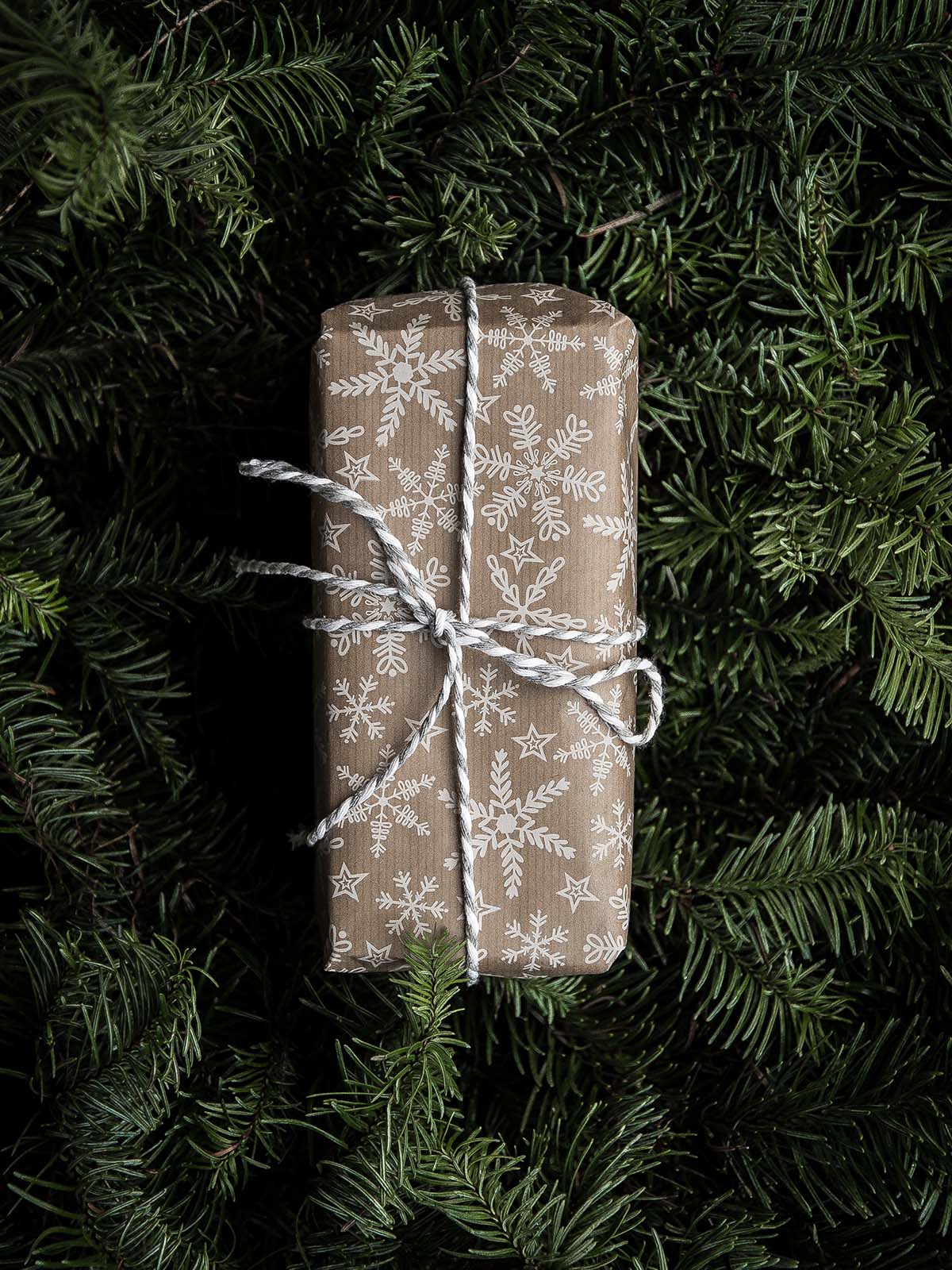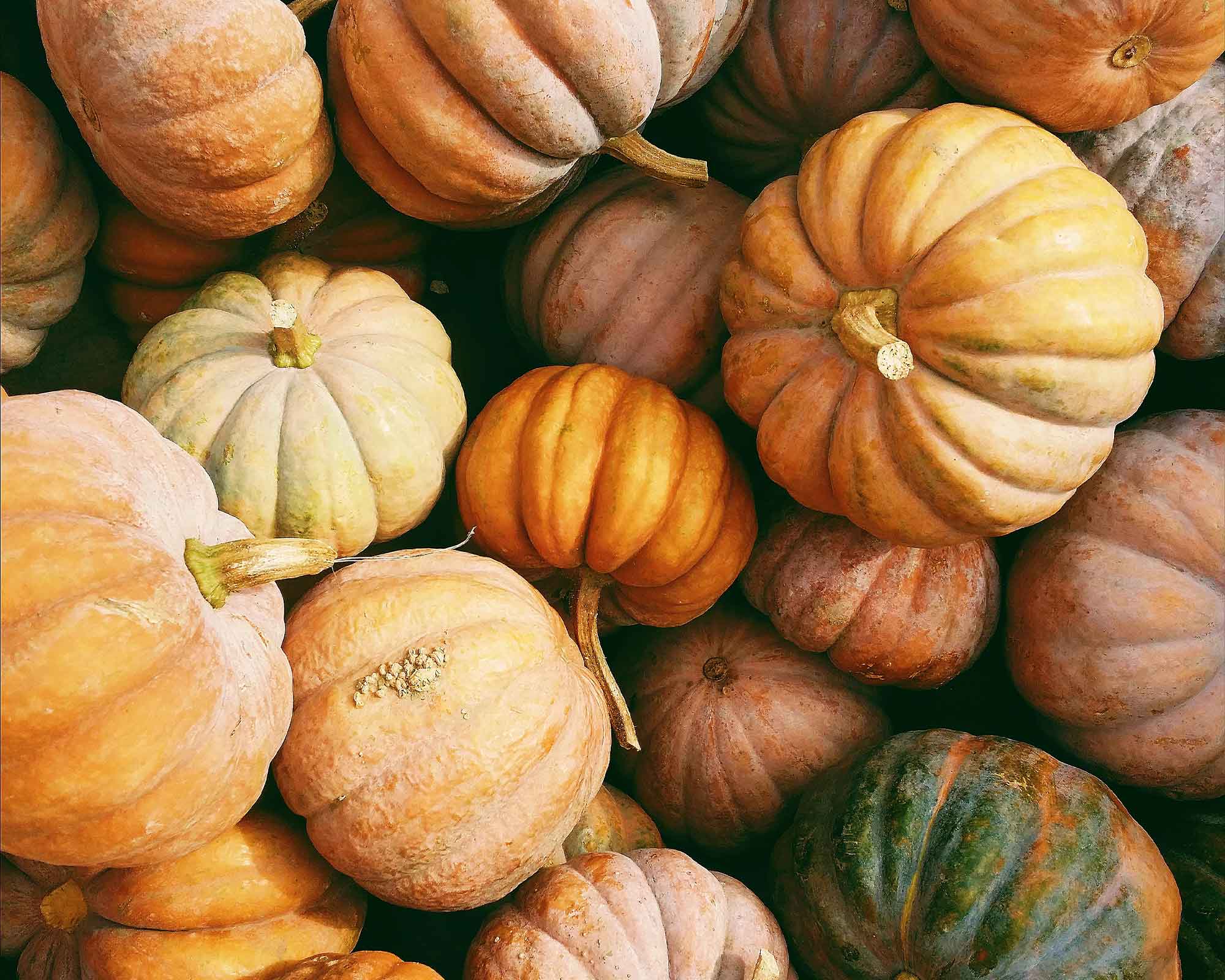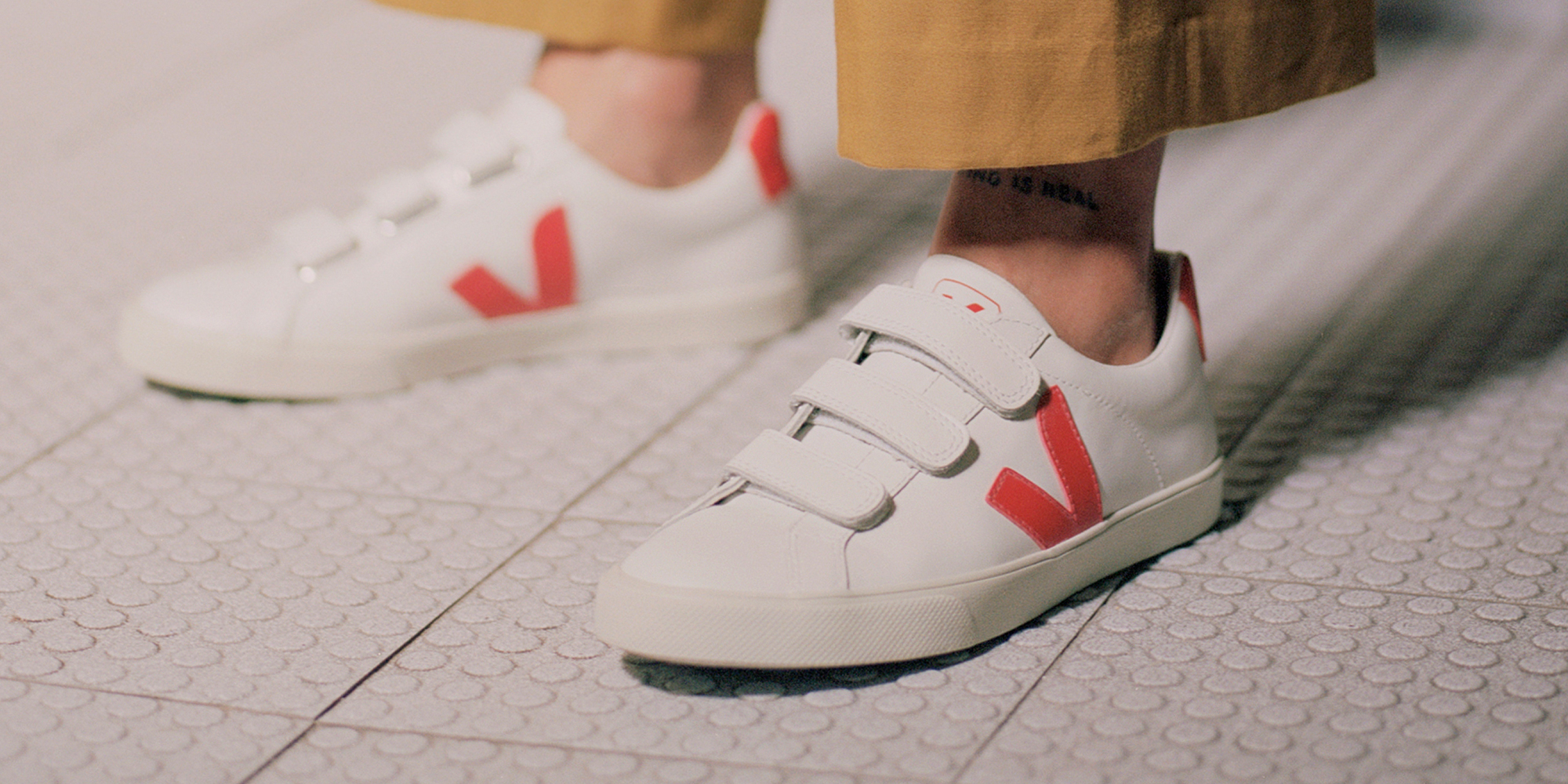When we think about Halloween, ethical and sustainable practice doesn’t exactly spring to mind. But the amount of waste that a single holiday can generate is mind-boggling: from flimsy single-use costumes to plastic candy wrappers, to mass-produced decorations. Halloween doesn’t just have a huge impact on the environment, either—it also takes a massive toll on our wallets. This year, US consumers are expected to spend an all-time high of $10.14 billion on Halloween-related items, including $3.3 billion on costumes. Now that’s frightening. Read on to discover how to have a green Halloween without creating a nightmare for the planet and your wallet.
If you’re a conscious consumer who feels guilty about the waste typically involved in this holiday, don’t worry. Spooky season can still be your favourite with a few eco-friendly adjustments. Rather than buying mass-produced products that take a lot of resources to manufacture, you can invest in quality costumes and decorations—or even make them yourself—so that they last for years rather than just one day.
Depending on where you are in the world, Halloween might still be a little different this year, but whether you’re celebrating Halloween with a small number of friends or hosting a spooky online reunion, here are our top tips for having a sustainable Halloween.
Halloween costumes, done sustainably
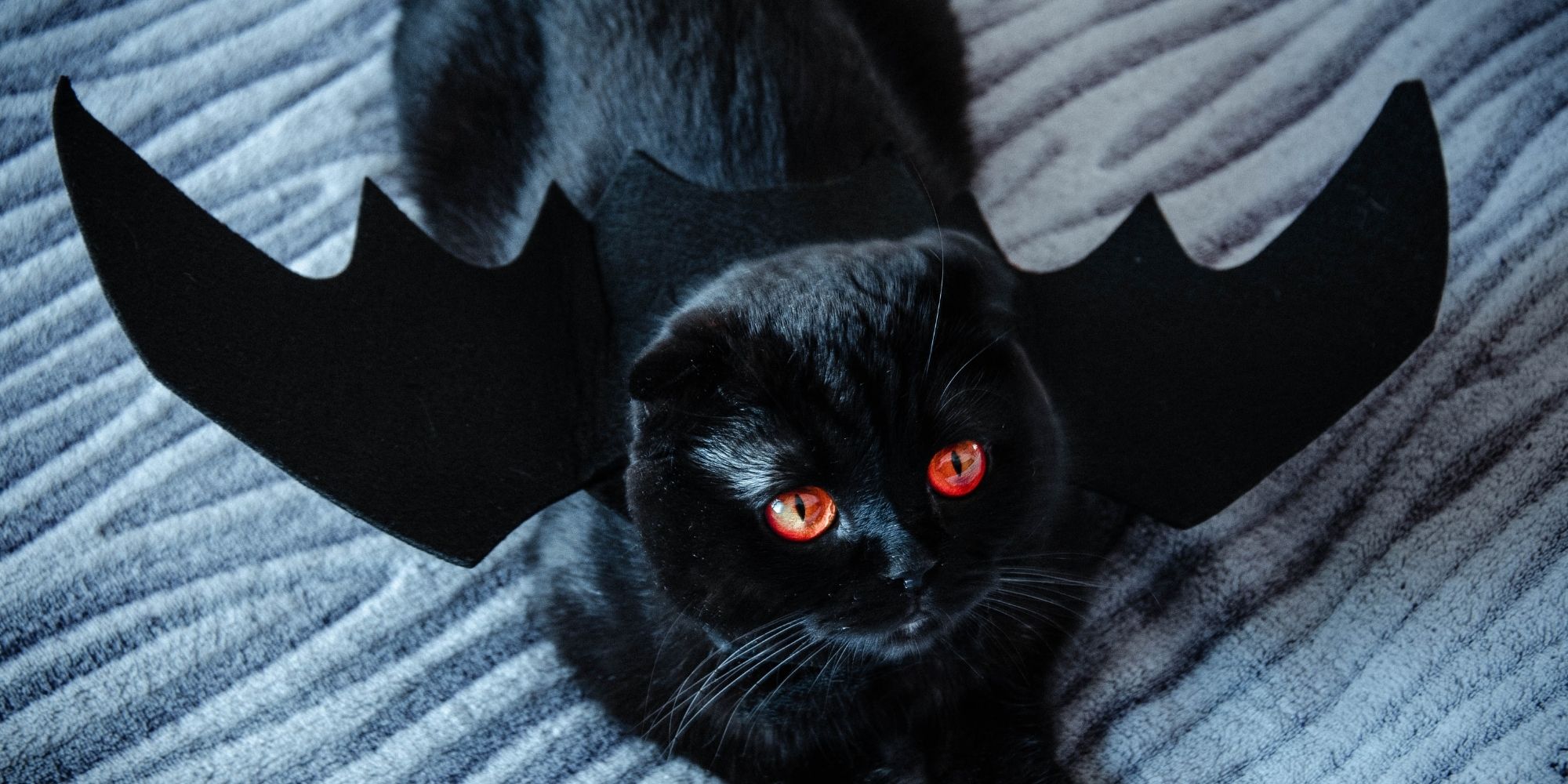
The biggest carbon footprint from Halloween comes from the millions of poor-quality, fast fashion costumes that are mass-produced every year. Most are made from unsustainable materials such as polyester and conventional cotton and are manufactured in countries that have poor labour standards. Worst of all, many often don’t last more than a day before they start falling apart.
What is the most sustainable Halloween costume? The one you already have. Look at what’s in your closet, ask friends and family if you can borrow a costume, or just reuse and update the same costume every year: not only is it better for the environment, it’s also better for your wallet. Plus, you won’t have to spend hours on the Internet and Pinterest looking for Halloween costume inspiration.
Costume shops hire out a huge selection of amazing costumes that are better quality than any fast fashion options. You can also check out your local thrift store or vintage boutique to find some great pieces or fabrics that you can repurpose into a DIY Halloween costume. Another fun option inspired by a clothing swap is to host a costume exchange (only if your local authorities allow gatherings).
Eco-friendly decorations
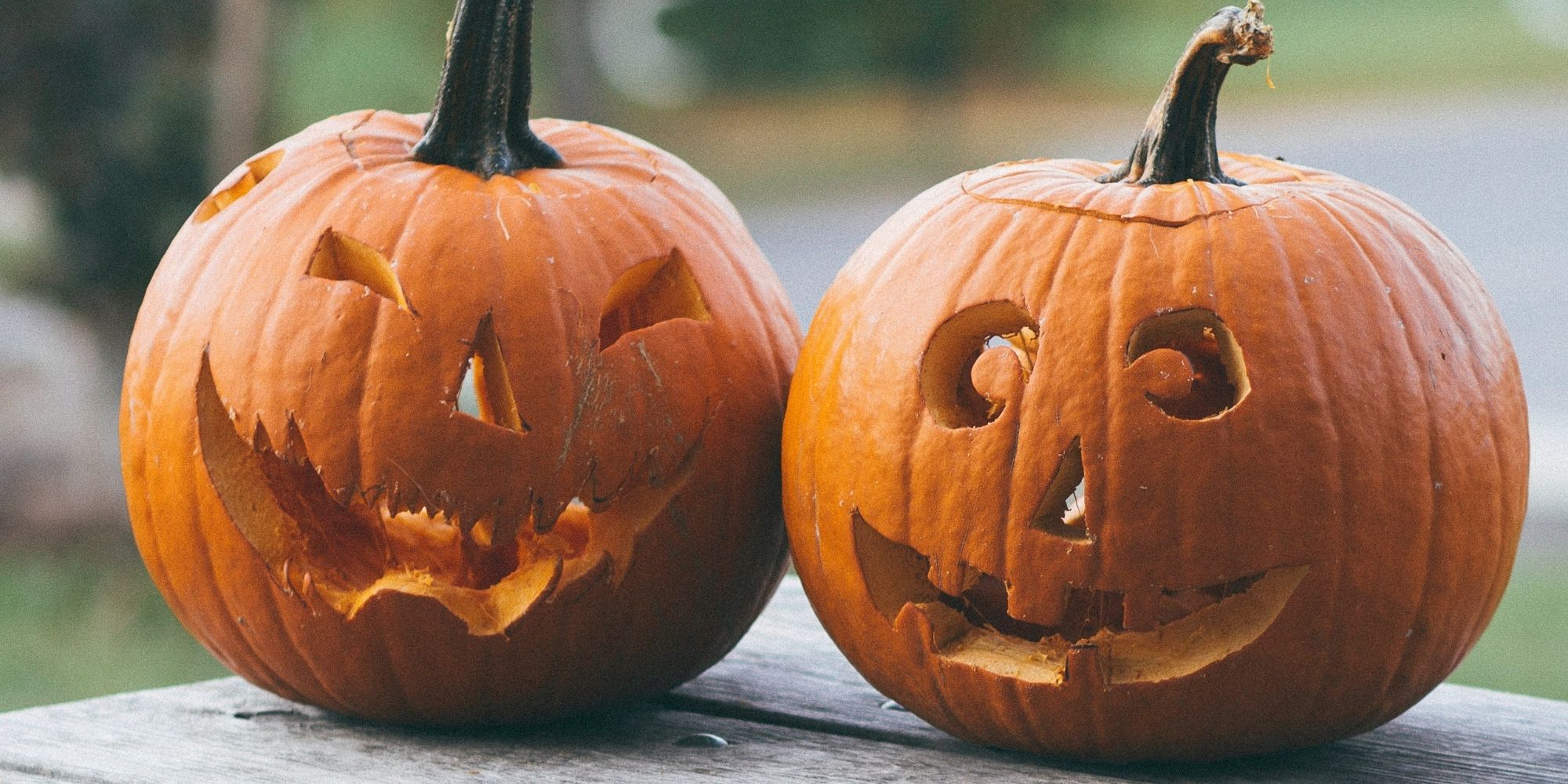
Let’s start with the traditional Halloween pumpkin. We recommend buying a pumpkin from a local grower or farmer’s market, and carving it out to make a classic Jack O’ Lantern, keeping the seeds and flesh to eat later: you can roast the seeds, and make pumpkin soup or even muffins with the flesh. For southern hemisphere readers, pumpkins aren’t in season in spring, so why not skip the imported pumpkins in the supermarket and carve out a watermelon instead?
But what happens to pumpkins come November? In the United Kingdom, it’s predicted that over 8 million pumpkins will be tossed into the trash after Halloween. In fact, in a report by Hubbub and Knorr, 60% of people who bought pumpkins to carve out, reported they do not use the pumpkin after carving and instead throw it out. But did you know there are many ways you can recycle and reuse your pumpkin after spooky season? As mentioned earlier, you can cook with the seeds and flesh, but you can also fill your pumpkin with seeds to feed the birds or wildlife or check with your local zoos and organisations (like community gardens and animal shelters) to see if they take leftover pumpkins. And if these ideas don’t work for you, you can always compost your pumpkin and plant the seeds to grow your own pumpkins for next year. That’s a win-win.
When it comes to other decorations, why not make your own? You can use cardboard to make a skeleton or tombstones, make spiders out of black pipe cleaners, create ghosts out of old sheets, and repurpose your toilet paper rolls to make spooky (and kind of adorable) bats. You can even put bloody handprints on your windows using red poster paint. Still stuck? Here are 42 cheap and easy ideas for DIY Halloween decorations.
If you do buy decorations, ensure that they are reusable and good quality, so you can use them year after year. And when it comes to candles, be sure to light up your pumpkins (or watermelons) with soy-based or beeswax candles, not paraffin-based ones.
Instead of using a plastic pumpkin bucket to hold treats in, why not use something you already have? You can use a wicker basket, a regular bucket, or even an old bag or pillowcase that you can decorate and use every year. Throwing a Halloween party? Make sure you avoid single-use plastic plates, cups, and cutlery, and use regular dishes and utensils, or opt for biodegradable or recyclable ones instead.
Don’t forget about second hand options. Check out your local vintage stores or thrift shops for creepy decorations such as candelabras, lanterns, old apothecary bottles and jars, mirrors, and dolls. No cheap mass-produced versions can beat the real thing.
Sustainable Halloween treats
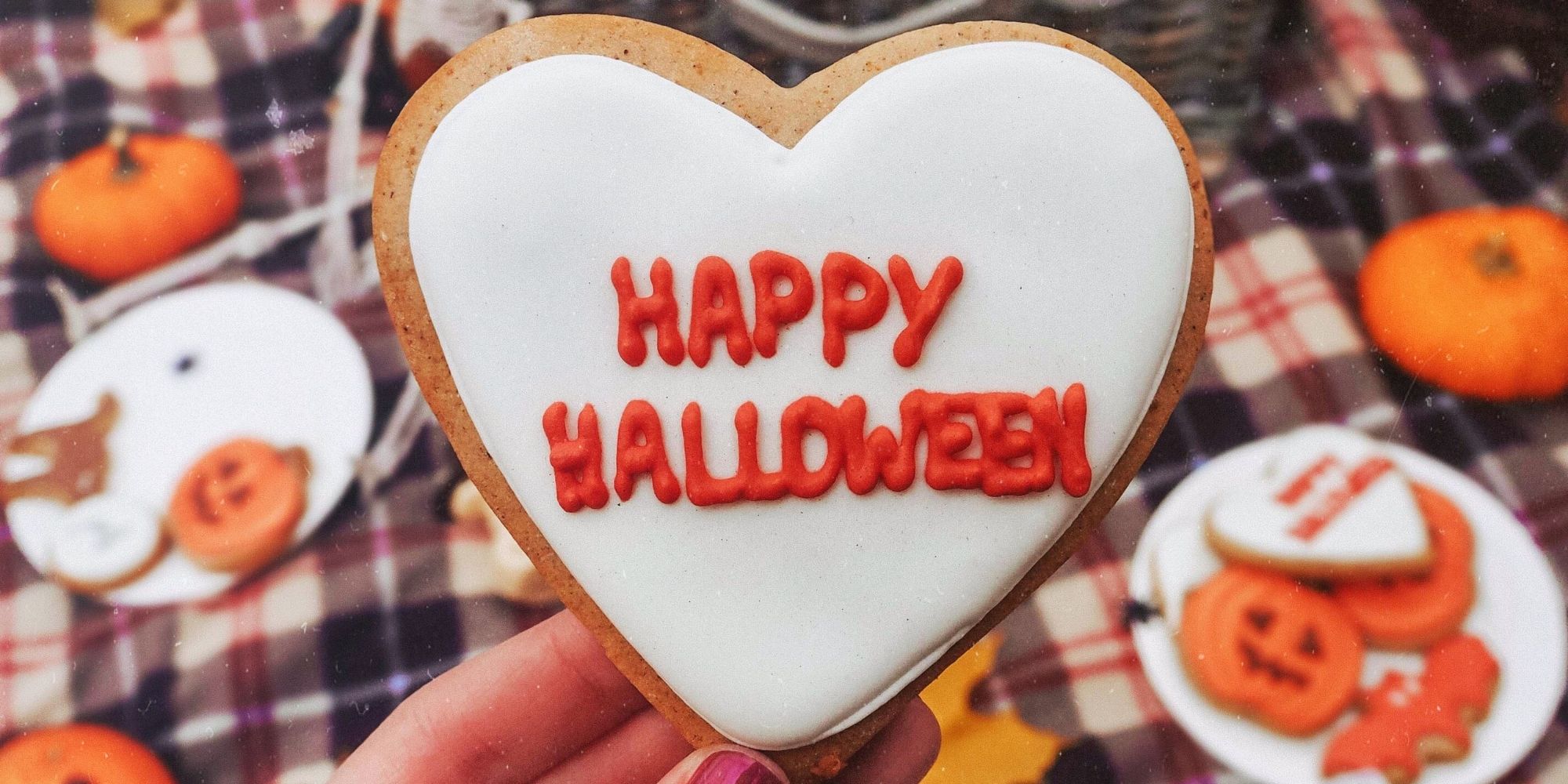
Some of the biggest candy manufacturers in the world including Cadbury, Nestlé, Hershey’s, and Mars have a huge impact on the environment. They massively contribute to deforestation and species extinction due to their demand for sugar, palm oil, and cocoa beans. These companies have also been found to source their cocoa from countries such as the Ivory Coast and Ghana that use child labour or slave labour to harvest cocoa beans. On top of all that, a huge amount of energy and resources go into making candy—not to mention all the non-recyclable wrapping it’s all packaged up in.
So why not avoid all those individually-wrapped lollies, and make some sweet treats yourself? Cookies always go down well with kids (and adults, let’s be honest), and you can decorate them to make them Halloween themed. Here’s a recipe for vegan Halloween sugar cookies that would be a great option for anyone with milk, egg, or nut allergies—and, of course, vegans. Some other tasty treats you could make include Carob Almond Freezer Fudge, homemade Rolo Balls, or Peanut ‘Better’ Balls. Instead of wrapping them in plastic or cellophane, you could put them in paper bags decorated with Halloween-themed images, or just hand them straight over. They won’t last long.
If making your own treats is too time-consuming, there are a number of ethical alternatives to regular candy brands. Look for products with independent certifications such as USDA Organic, CERES, Australian Certified Organic, NASAA Certified Organic, and Fairtrade. Keep in mind, however, that these certifications don’t necessarily mean that the entire supply chain involved in making that candy is both socially and environmentally sound. If you do choose to buy regular candy, just limit the amount you give to each child. Buying only what you need is better for the environment and for the kids.
So there you have it. With these tips, us conscious consumers don’t have to miss out on all the spooky fun. Happy Green Halloween.

